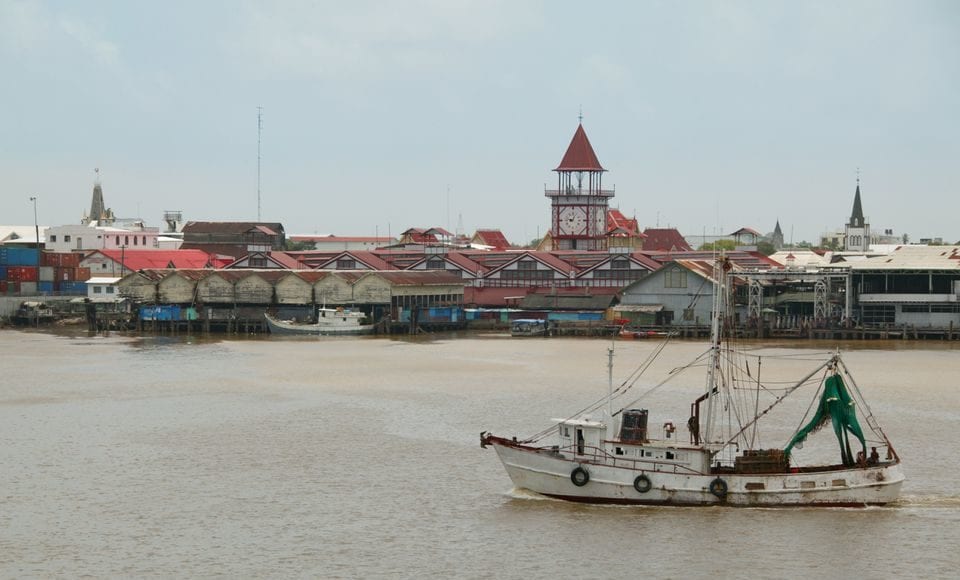As Guyana continues to expeditiously develop its hydrocarbon resources, the government wants to ensure that it builds a framework that supports economic transformation taking place in the new oil producing country. Against this backdrop, President Dr. Mohamed Irfaan Ali has announced an almost nine-year transformational plan for Guyana – Vision 2030.
In his keynote address at the opening of Guyana’s International Building Expo 2022, held at the National Stadium on Friday afternoon, President Ali referred to the fundamental tenets of Vision 2030, and outlined these as infrastructural, human, technological and social transformation; economic diversification; international positioning; equitable prosperous development; environmental responsibilities; sustainable advancement; service reorientation and security.
This development mix, the President said, will be supported by people, partnerships, morals/ethics, capital, research and development, trust, cultural heritage, best practices, institutions, governance and a safety net.
“This is a mission that requires every single one of us; a mission that requires every single stakeholder. This is a mission that must not fail, this is a mission whose only outcome shall be a success,” the Head of State said to the crowd of over 800 participants.
Key to the infrastructural development plan that the government is building is ensuring that the country’s human capital is linked, the President noted.
“This is very critical,” he said. “Critical to agriculture, food production, building and construction, tourism and hospitality and other services… The roads and the bridges that you hear us talk about, the new buildings… they are all linked to the upliftment of human lives here in Guyana. The transformation is linked to expanded economic opportunities, it is linked to the improvement of livelihood, it is linked to the advancement of society with a human aspect.”
As part of the economic transformation that Guyana is pursuing, the Head of State reminded that Guyana will not rely solely on the revenues earned from the oil and gas sector to build the country. In fact, he reaffirmed the nation’s position of using the massive revenues to diversify and boost the traditional and newer sectors.
Guyana is number 17 for largest oil reserves in the world
“The economic diversification is about catalysing the revenues from oil and gas to all of the sectors of our economy, making them competitive, resilient and sustainable pillars on which the economy will stand, and on which the economy will deliver the types of jobs that are sustainable, good-paying and advanced in our time,” President Ali iterated.
Investing in and embracing technology will also play an integral role in this advancement, the President said. With technology, he indicated, particularly in the agriculture sector, Guyana positions itself to build the largest hydroponics farm in Latin America and the Caribbean. Hydroponics is a method of growing plants without soil. You can grow hydroponically all year long. Hydroponic growing uses less water than traditional soil-based systems. It allows for faster growth and higher yields than traditional soil-based growing systems.
Importantly, Vision 2030 goes hand-in-hand with Guyana’s new and expanded Low Carbon Development Strategy (LCDS 2030). This strategy, which is an environmental development blueprint for the country, was tabled in the National Assembly just days ago.



